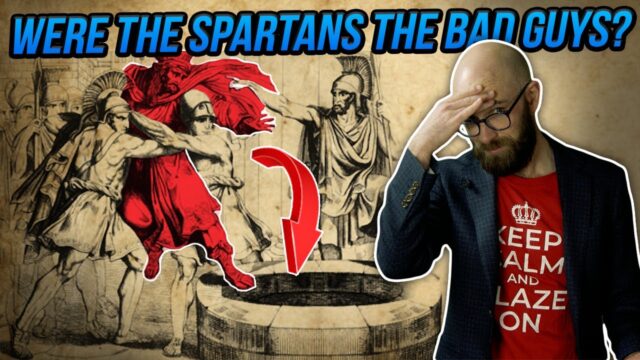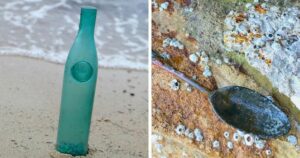“Beyond Glory and Guts: Unveiling the Untold Secrets of the Spartan 300”
So where were the Spartans in all this? Well, they were supposed to be there, but were busy with a religious festival that couldn’t end until after the full moon. Nevertheless, the Athenians and the Palataeans fought the larger Persian forces off the bay, and then the Athenians swung back to Athens fast enough to head off an attempted invasion by sea. When the Spartans eventually arrived, the battle was over by a day.
While this was a significant victory for the Greeks, in the process of preparing for a beachhead, the Persians had conquered several islands in the Aegean, giving them control over the sea in the region.
Fortunately for the Greeks, however, Darius’ empire was very large, and as much as the Greeks may seem important to us today, they were not the main concern for Darius once the Egyptians began revolting, with Darius ultimately dying while planning to put down the revolt. His son, Xerxes, succeeded him in 484. Another revolt, this time in Babylon, kept Xerxes busy until 481, but this was only a calm in the storm for the Greeks and Xerxes had not forgotten about their disrespect and the shameful loss at Marathon.
And so it was that when he was able to finally focus on the Greeks, Xerxes REALLY focused on the Greeks, this time intent on crushing them completely. He assembled a massive army comprised of peoples and animals from all over his empire. He also intended to lead them himself into Greece. In the process, he ordered the building of two pontoon bridges using interconnected ships to cross between Abydos in Asia Minor and Sestos in Thrace. The pontoon bridges were famously destroyed in a storm, with Herodotus reporting that Xerxes had the sea shackled, whipped, and branded in punishment, although it isn’t actually clear whether that really happened or not.










